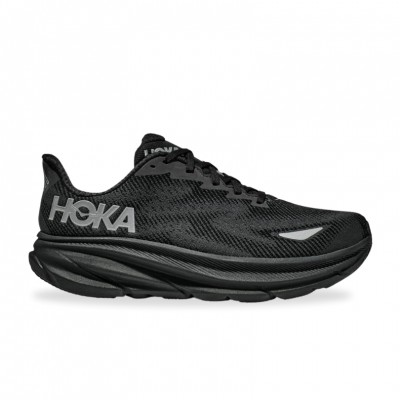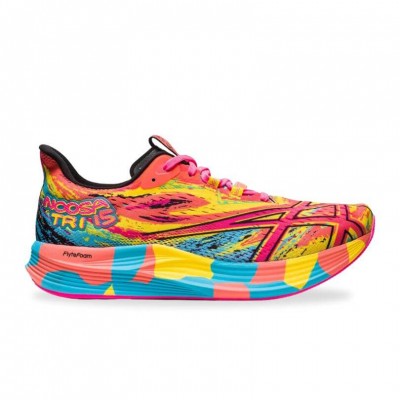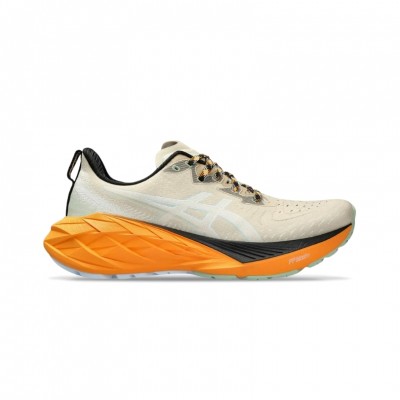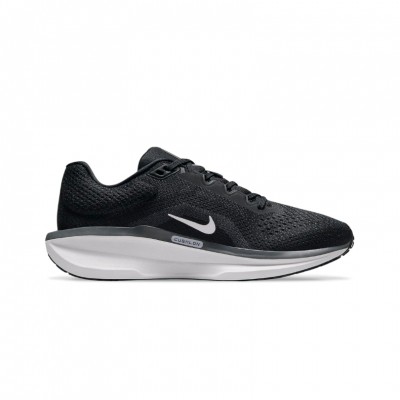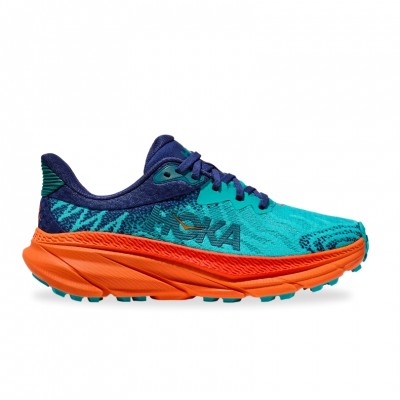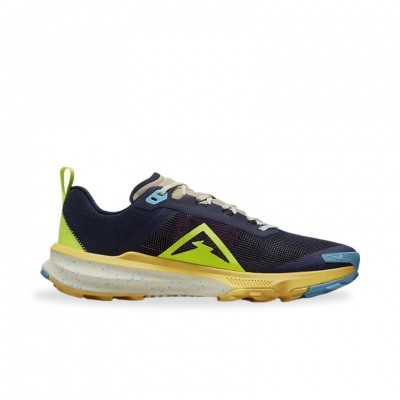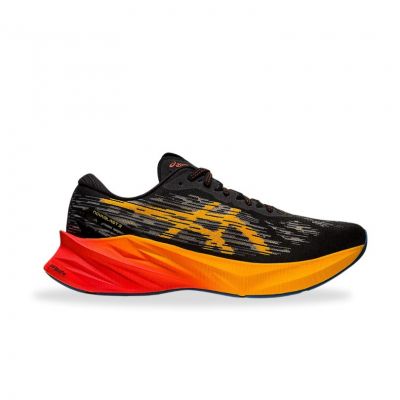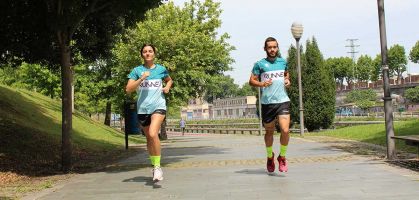Behind a good half marathon in a city, there is a golden opportunity. No, we're not talking about achieving your personal best. A half marathon can help transform the local economy, attract thousands of visitors and give your city a visibility that would otherwise be possibly more complicated (and expensive). This article, by the way, is addressed to the politicians of our cities. But it is true that not just any city will do. You need the right combination of factors: a good course (as flat as possible), an impeccable organization, good communications and above all, that special charm that distinguishes your race from others and makes people want to come back, not only for the race, but for everything that surrounds the experience (here we will have to let the marketing teams of the race organizations work). In Europe, the cities that have taken advantage of this opportunity are a clear example of how running has become the new engine of sports tourism.

Why is the half marathon the perfect distance for sports tourism?
The half marathon has established itself as the perfect distance to combine sport and tourism. And there are many reasons for this. Unlike a marathon, the 21 kilometers are a major challenge, but it is accessible enough not to end up "dead". After the race, you are left with the desire to explore the city, taste its gastronomy or simply enjoy its landscapes. It is a distance that allows the runner-tourist to "live" the full experience of the city without physical exhaustion being an impediment.
In addition, training for a half marathon is more "bearable". Preparing to run 21 kilometers does not require such an extreme dedication as that of a marathon. You can train and, at the same time, maintain a social, work and family life without the pressure of such an intense training routine. That's why the half marathon has become the preferred distance for those looking for a physical challenge without giving up the full experience of discovering a new city.
The profile of the runner-tourist: quality versus quantity
The runner-tourist is also a different kind of visitor. He does not travel to lie on the beach or visit monuments en masse. He travels with an excuse, running, but his stay is not limited to the race. A study by the International Association of Marathons and Distance Races (AIMS) revealed that runners who travel to compete spend an average of 350 euros per day, including accommodation, food and leisure. If we consider that many of them travel with companions and often extend their stay beyond the day of the race, it is not difficult to see the positive impact they generate on the local economy.
In addition, the runner-tourist is a more responsible visitor with a greater interest in authentic experiences. They are not looking for the typical. They explore the city, are interested in its culture, try its local cuisine and, in many cases, opt for activities that go off the beaten tourist track. This is very important for cities like Bilbao, Copenhagen or Cardiff, which do not compete with the big European capitals, but offer something different, something that may not be found in the most important cities of the old continent (where the "fight" is usually for having the best marathon or the fastest marathon).
Not sure which running shoe to choose?
In a few simple steps we help you to choose the ideal running shoe for you
Go to the Shoe FinderBilbao Night Marathon: when the city lights up

Bilbao is the proof that a good half marathon can also help transform a city. The Bilbao Night Marathon (as it is called, but its distance with the most registered participants is for the first time the half marathon) is an event that has put the city on the map of international sports tourism. In this past edition, 15,300 runners sold out the bibs a month and a half in advance, and no, they did not only come from Spain. 72 countries were represented at the starting line. And the fact is that running through the illuminated streets of Bilbao, with the Guggenheim as a backdrop, has become a unique experience.
The interesting thing about Bilbao is how a city that two decades ago was struggling to emerge from the industrial crisis has found in sport, culture and gastronomy its tourist lifeline. The Bilbao Night Marathon generates 6 million euros of direct economic impact for the city. Hotels are full, restaurants are overcrowded and local stores see how visitors take a piece of the city home. It's not just what happens during the race that is important, but what remains after the race. Many of these runner-tourists will return to Bilbao, not to run, but to continue discovering its gastronomy, art and nightlife.
Lisbon: the Atlantic jewel

The Lisbon Half Marathon has something that few races can offer: a course that takes you across the imposing 25th of April Bridge. Running over the Tagus River, with the Atlantic breeze, is one of those experiences that make this race one of the favorites of international runners. But Lisbon is not only the bridge. It is its mix of history, modernity and culture that makes it a perfect destination for sports tourism.
In 2023, more than 35,000 runners took part in the Lisbon Half Marathon, and it is estimated that the average spend per person, including accompanying persons, was around €1,000 per stay. Lisbon, already a top tourist destination, has found in running a new way to attract a different public, more interested in experiencing the city in an active and less crowded way. And that is the great value of sports tourism: it brings a visitor who wants to enjoy the city from another angle, who is looking for authentic experiences and who also has a higher average expenditure than the conventional tourist.
Prague: running in an outdoors museum

Prague needs no introduction. Its cobblestone streets, bridges and medieval look make it one of the most beautiful cities in Europe. But what few expected is that the Prague Half Marathon would become one of the most attractive sporting events on the continent. Running across the Charles Bridge or along the Vltava River is like being immersed in a fairy tale, and that is what the thousands of runners who participate in this event every year are looking for.
More than 11,000 runners fill the streets of Prague in each edition of its half marathon, and it is estimated that the economic impact exceeds 5 million euros. Here, the runner-tourist has the opportunity to discover a city that, although it is already a top tourist destination, offers a different experience at the pace of the race. Running in Prague is more than just a personal best, it is an opportunity to experience the history and culture of a city that grabs you at every step.
Cardiff: between castles and nature

If there is a half marathon that perfectly combines history with nature, it is the Cardiff Half Marathon. With a route that takes you through medieval castles, large parks and historic monuments, this race has attracted runners from all over the world who are looking for something more than just a sporting event. Cardiff, the capital of Wales, offers a welcoming atmosphere without the crowds of the big cities, making it the perfect destination for those looking for a more authentic experience.
In 2023, more than 25,000 runners took part in the Cardiff Half Marathon, generating a direct economic impact of 3 million euros. But what really sets Cardiff apart is its ability to offer something unique: the chance to run in a city that is not saturated by mass tourism, but has everything a runner-tourist could wish for. And that, in a world where more and more people are looking for the authentic, is a great added value.
Behobia-San Sebastián: the legend of running

You can't talk about sports tourism without mentioning the Behobia-San Sebastian. Although it is not technically a half marathon, its 20 kilometers have become a must for any running lover. The race, which each year attracts more than 30,000 runners, is more than a sporting event. It is a party where the people of the city take to the streets to cheer, and where the route takes you from the small town of Behobia to the elegant San Sebastian, with La Concha Beach waiting for you at the end.
The economic impact of the Behobia is immense. It is estimated that each runner spends around 500 euros during the race weekend, leaving the city with around 15 million euros in total. But what really makes the Behobia special is the atmosphere. There is not a single kilometer where there are not people cheering. And, after the race, the runners stay to enjoy the food, the pintxos and, of course, the beauty of one of the most impressive cities in Europe.
Valencia and Copenhagen: the perfect balance between sport and tourism

The Valencia Half Marathon is one of the most anticipated events of the year in Europe. With more than 25,000 runners and 45% international participation, the race is one of the major drivers of sports tourism in the city. The economic impact, estimated at 13 million euros, makes Valencia a perfect destination for those seeking to combine sport and leisure. Its fast circuit, the mediterranean climate and the city's gastronomic and cultural offer make this race one of the favorites of European runners. In fact, Valencia has even more merit as it has even managed to compete with some cities like Berlin, London or New York of first economic and touristic level thanks to its marathon.
On the other hand, the Copenhagen Half Marathon is another of those events that perfectly combines sport and tourism. The Danish capital, known for its sustainable lifestyle and urban charm, attracts thousands of runners looking for a different experience. In 2023, the race left an economic impact of 10 million euros and proved that running is an excellent excuse to discover a vibrant city, with a great cultural offer and a fast and spectacular course.
The future of sports tourism in Europe
Half marathons are experiences that combine sport, culture and quality tourism. Cities like the ones we have seen have been able to take advantage of the potential of these events to attract tourism that is looking for something more than conventional circuits. The popular runner not only runs, he wants to experience the city, he also spends more and is looking for tourism for couples, friends or family that goes beyond the 21 kilometers run.
The data speaks for itself: runners who travel to participate in these events spend more than conventional tourists, which multiplies the economic impact of the races and generates benefits that go far beyond sport. Sports tourism is booming, and half marathons are one of the flagships. Politicians of this country, if you have a good half marathon in your city with that special charm we have talked about, you have a unique opportunity to attract quality visitors. Of course, let's trust in good race organizing companies, lest vaya happens to us as before the pandemic where we had more races than runners to participate in them.
Read more news about: Running News



